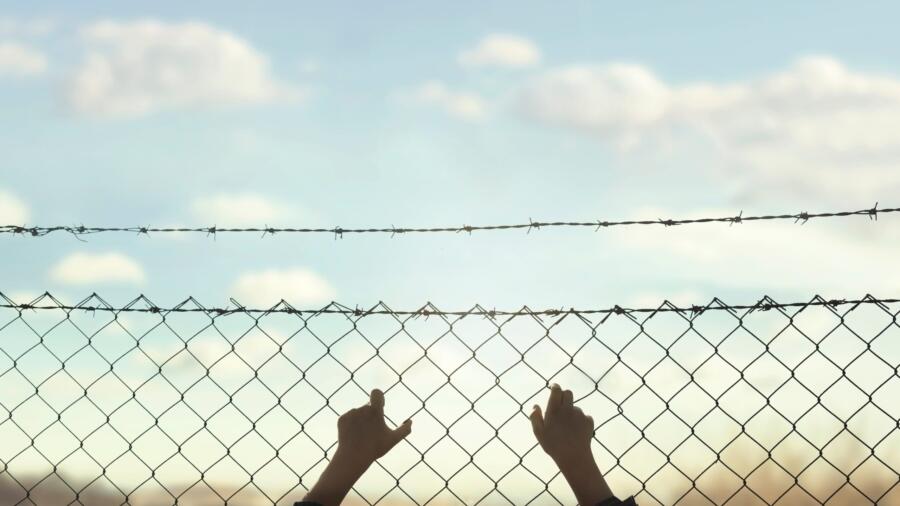When 14-year-old Evan Miller beat a man to death with a baseball bat and set his house on fire, the brutality stunned a nation. But what followed ignited a national debate: Should children who commit violent crimes be locked up forever—or do they deserve a second chance?
That very question reached the highest court in the land. In Miller v. Alabama (2012), the U.S. Supreme Court ruled it unconstitutional to automatically sentence juveniles to life without parole. Justice Elena Kagan wrote that “children are constitutionally different from adults” and that sentencing must reflect a juvenile’s potential for change.
And yet, Evan Miller was resentenced to life without parole in 2021—despite the very decision that bore his name.
So, what gives? Are we ignoring data that says kids can change? Or are we protecting society from offenders who are likely to strike again?
How the U.S. Handles Juvenile Crime: A Global Outlier
In 2006, the United Nations voted almost unanimously to ban life without parole for juveniles. The final tally? 185 countries to 1. The lone dissenter? The United States.
While Miller v. Alabama created momentum for reform, the Jones v. Mississippi (2021) decision took a step back. The court ruled that judges do not need to prove a juvenile is “permanently incorrigible” to sentence them to life without parole. Justice Sonia Sotomayor called it a “gutting of Miller” and warned of long-term damage—especially for Black and brown youth, who represent 70% of juvenile lifers.
The Numbers: Recidivism or Redemption?
Statistics tell a complicated story.
- A 2015 Adolescent Research Review study found:
- 76% of first-time juvenile offenders reoffended within 3 years
- 84% reoffended within 5 years
But many of those were for nonviolent crimes—shoplifting, underage drinking, marijuana possession. What about violent offenders?
- A University of South Florida study found:
- 90% of juvenile murderers were rearrested
- 60% committed another violent offense
That sounds bleak. But here’s the other side: when true rehabilitation programs are used, outcomes improve dramatically.
The Mendota Model: A Beacon of Hope
Wisconsin’s Mendota Juvenile Treatment Center offers a high-intensity, high-cost program aimed at violent teens. With clinical psychologists, individualized therapy, and a heavy focus on empathy development, its participants are far less likely to reoffend.
Why does it work? Because it treats kids like kids, not monsters.
Dr. Katherine Ramsland, a forensic psychologist, explains: “We’re not softening the consequences—we’re understanding the causes. These are often children raised in abuse, trauma, and chaos.”
Why Traditional Juvenile Justice Fails
Most juvenile offenders don’t end up at places like Mendota. They go to adult prisons—warehouses for trauma and recidivism. Little therapy. No guidance. No tools to change.
Colorado’s Juveniles Convicted as Adults Program is attempting to change that, offering education, counseling, and parole transition support.
And yet, resistance remains strong.
Former prosecutor George Brauchler argues: “When someone kills, parole shouldn’t be an option. It’s not fair to the victims.”
But Dr. Apryl Alexander of the University of Denver counters with a brutal truth: “Seventy percent of inmates will one day reenter society. Wouldn’t you rather they come out better than when they went in?”
The Human Cost of Denial
Evan Miller will likely die in prison. But did the system ever really try to help him?
Others like him—kids raised in violence, addiction, abandonment—are often treated as hopeless, even though science tells us the human brain continues to develop well into our 20s. Impulsivity, emotional volatility, and poor judgment aren’t fixed traits in a teen—they’re symptoms of youth.
A Path Forward: Parole With Purpose
Opponents of reform fear violent juveniles will “get off easy.” But parole isn’t automatic—it’s earned.
Parole boards consider:
- Remorse
- Rehabilitation
- Education
- Community impact
- Risk assessments
Releasing a rehabilitated 40-year-old who committed a crime at 14 is not soft on crime—it’s smart justice.
FAQs About Violent Juvenile Offenders
Do violent juveniles always grow up to be violent adults?
No. While recidivism rates are high, targeted rehabilitation programs have shown significant reductions in violent re-offense rates.
What is the current law about juvenile life without parole?
As of 2023, 31 states and Washington D.C. have banned mandatory life without parole for minors. But discretionary sentencing still allows it.
Is the justice system fair to juvenile offenders?
Critics argue it is not. Youth of color face harsher penalties, and many are tried as adults despite evidence that their brains are still developing.
What’s the alternative to life sentences?
Intensive rehabilitation centers, parole review after 15–20 years, and individualized sentencing plans based on growth and change.
Are victims’ families consulted in parole decisions?
Yes. Victim impact statements play a major role in sentencing reviews and parole hearings.
Conclusion: A Question of Who We Want to Be
Are violent juveniles destined to become violent adults?
Not necessarily.
But that depends on us—on whether we choose punishment over potential, fear over facts, vengeance over vision.
The real question isn’t can they change.
It’s will we let them?

